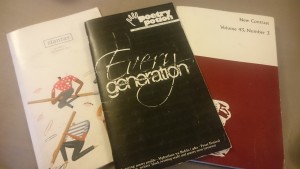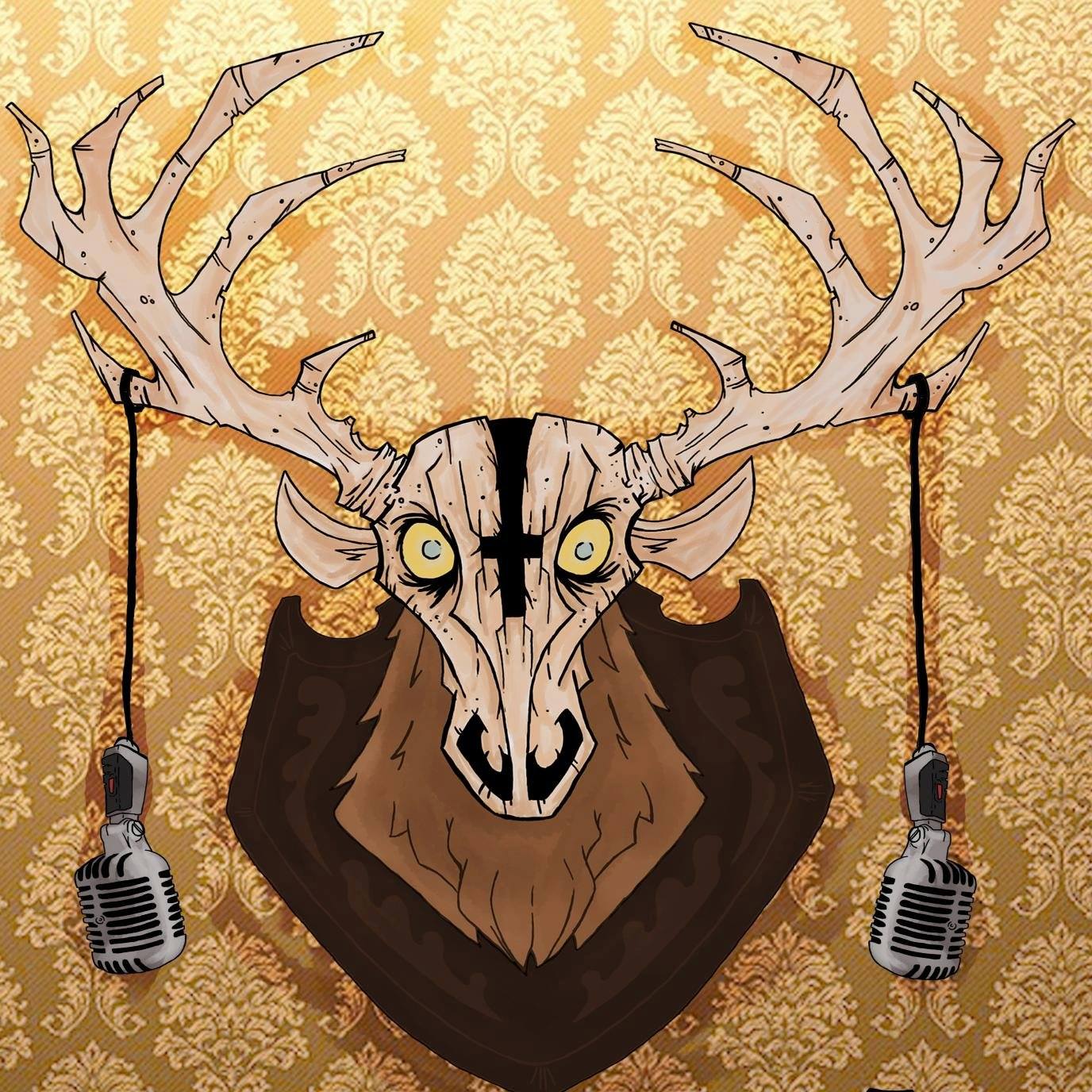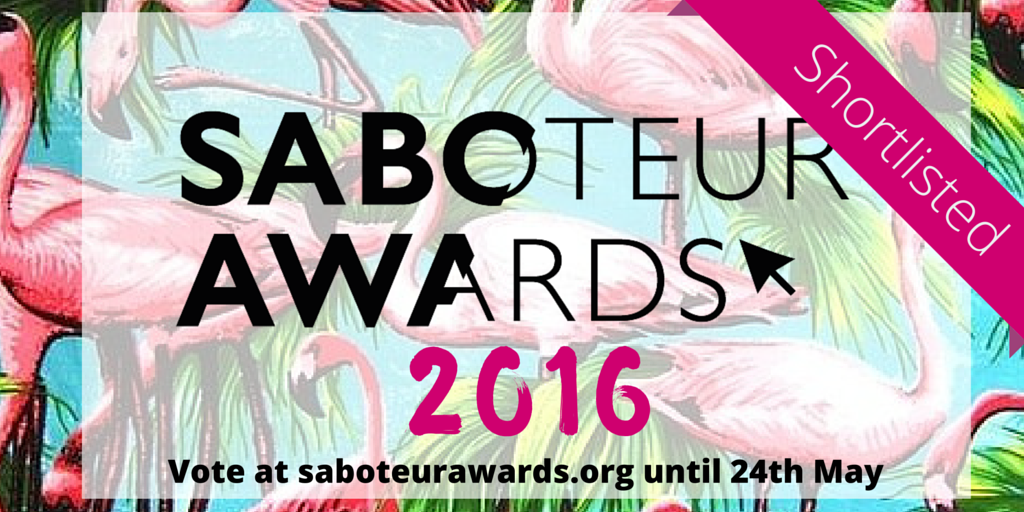Three South African Magazines: New Contrast, Stanzas, and Poetry Potion
-Reviewed by Claire Trévien–

As part of a wider project to put the spotlight on South African poetry (you can see the page in progress here), I obtained copies of three South African journals, which I will attempt to summarize below:
The Basics
New Contrast is the heavyweight out of the three, founded in 1960 by Jack Cope. The copy I have (the latest one I was able to obtain in the bookshop The Book Lounge) is vol.43, number 3 (issue 171). It cost me 103 Rand from the Book Lounge (approximately £4.55)
Stanzas, by contrast, is only in its second issue, published by African Sun Press.I obtained a copy for (I think!) R100 directly from the launch (approximately £4.42).
Poetry potion was established in 2007, and while it is a quarterly magazine, I have found it tricky to find more than one version per year. The copies I have bought for review are therefore from 2013 (issue 2, called ‘every generation’), found in a bookshop, and a 2014/2015 issue called ‘Dear South Africa’, which I obtained online through Smashwords. The 2013 issue was R87 from the Book Lounge (approximately £3.84), and the electronic 2014/2015 issue was $5 from Smashwords (approximately £3.51).
Content
New Contrast contains a mixture of poetry, prose and artwork. Stanzas is pure poetry. Poetry potion contains a variety of work around poetry, as well as poetry: Q&As, writing tips, introductions to poets, reviews of live events, etc.
New Contrast’s content initially struck me as fairly traditional, a UK comparison could be made with Poetry Review. Having said that, as is the case with more recent issues of Poetry Review, there are a few examples of formal experimentation within, such as Jacques de Villier’s ‘Borders’, Timo Xolani Freeth’s ‘Microtones’, Andrew Pringle’s ‘Three Linked Poems’. Yet, one my favourite poems in this issue was the stylistically simple ‘Birds’, by Amy Walter, which narrates the shift from living in Tanzania, to a bird-less city in Korea:
I miss you, and I want to send you a letter-
Please me send the bird book. I am ready
To learn the names of those I lost.
There is also room in this issue for longer narrative poems, such as Stephen Symons’ four-page poem ‘The Tale of the Merboy and the Mother’. Moments of fairytale-wonder course through this long-limbed poem, but it was unfortunately weighed down by clichés. Overall New Contrast feels like quite a solid publication, an impression made stronger by this being the only magazine, out of the three reviewed, to have a spine.
Stanzas is at its strongest when it’s humourous, between Nick Mulgrew’s ‘maybe-gay’, to Jane McArthur’s ‘Scuttled’ (‘now that I’ve turned seventy. / I’m taking up the drink.’). A favourite, which I heard read by the poet at the second issue’s soft launch, is Graham Dukas’ ‘The Bongo Flavour Barber Shop’, which ends:
And when the Pastor berates a worthless, wavering worshipper,
there’s always the nearby refuge of a calming wash, cut and dry.
You know how you sometimes feel on a gusty, rain-soaked day –
that there’s about as much hope for your soul
as there is for your hair.
I was less enamoured with some of the attempts at seriousness, which suffered from a ‘workshop’ conceit or format. On a more positive note, a commendable aspect of Stanzas is that it not only contains an untranslated poem in Afrikaans by Lara Kirsten, but also a selection of modern translations of authors such as the Italian Gianni D’Elia or Tito Balestra (translated by Douglas Reid Skinner and Marco Fazzini), or the Bertold Brecht (translated from German by Tony Voss). This is something more contemporary poetry magazines should consider.
Poetry potion seems to me ideally suited to a poet at the start of their career, as it’s full of very useful information both on literary heritage and contemporary craft. For instance, the 2013 issue puts the spotlight on two poets, Herbert Isaac Ernest Dhlomo (1903-1956), and Nontzizi Mqwetho whose Xhosa poetry dominated the scene between 1920 and 1929, before she disappeared from public view. There is also a Q&A with festival organizers, tips on poetry technique, and a review of a spoken word event.
The most obvious shift between the two issues of Poetry potions is that the 2014/2015 issue contains fewer of these types of pieces (though the editorial is more thorough), but the poetry is of a higher calibre. The emphasis, in terms of poetry selection, for both issues is on politically powerful work, but unfortunately, as can sometimes be the case, that sense of urgency is to the detriment of aesthetics. Two poets did stand out positively to me, Nkateko Masinga, and Jeannie Wallace McKeown. McKeown’s poems work well as snapshots made more powerful by the restraint with which they are handled:
The townships all around
East London were on fire,
and the newspapers left its
front page blank,
with only a sentence:
There is news we are not allowed to bring you(From ‘In Biko’s Time’)
Masinga’s poem ‘The Sin of my Blackness’ unravels a little towards the end, erring towards preachiness, but it opens strongly:
My blackness is red sirens,
Gunshots two blocks
From your block of flats.
Women on the street in their gowns
Asking “What happened, what happened?”
My blackness mimics tragedy in small towns.
My blackness cannot be contained.
You tried all those years ago and failed.
Look, your hands are stained.
Conclusion
I felt a clear sense from each of these magazines that they were built for a specific audience – which in turn gave me a sense of the diversity of the South African scene, from the more university-based New Contrast to a magazine with spoken word roots such as Poetry potion. All three feel international in outlook, their authors and features are not restricted to South Africa, constantly looking outwards, something more UK-based publications could learn from…





